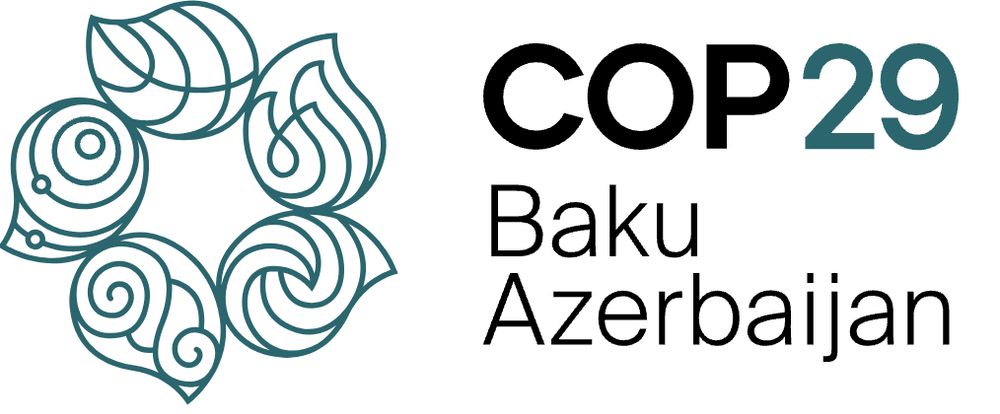
Dedicated to the preservation & conservation of Africa’s biodiversity
Registered Charity No. 1189781
www.ubuntuwildlifetrust.com
"In alpine and subarctic environments, flies are the primary pollinator," "This study shows us that we have entire regions that could lose their primary pollinator as the climate warms.
|#ClimateChange #Pollinators

"In alpine and subarctic environments, flies are the primary pollinator," "This study shows us that we have entire regions that could lose their primary pollinator as the climate warms.
|#ClimateChange #Pollinators
#climate

#climate
They have been described as the neglected megafauna of Africa.
Hippo populations have faced significant declines over the past century due to habitat loss and poaching.
#hippo #hippopotamus #conservation #wildlife

They have been described as the neglected megafauna of Africa.
Hippo populations have faced significant declines over the past century due to habitat loss and poaching.
#hippo #hippopotamus #conservation #wildlife
With rising temperatures, storms will become more intense, leading to faster-moving water and greater flooding.
#climatechange #conservation #globalwarming #stormbert

With rising temperatures, storms will become more intense, leading to faster-moving water and greater flooding.
#climatechange #conservation #globalwarming #stormbert
Over a third of these species face extinction, according to a new IUCN report. Overfishing and bycatch are the biggest threats, with global shark meat demand nearly doubling in recent decades.
#shark #conservation #fishing
iucn.org/press-releas...

Over a third of these species face extinction, according to a new IUCN report. Overfishing and bycatch are the biggest threats, with global shark meat demand nearly doubling in recent decades.
#shark #conservation #fishing
iucn.org/press-releas...
23%: Greenhouse gas emissions stemming from agriculture, forestry, and land use.
50% vs. 6%: Share of agricultural emissions from deforestation in lower-income vs. higher-income countries.
#climatechange #deforestation
23%: Greenhouse gas emissions stemming from agriculture, forestry, and land use.
50% vs. 6%: Share of agricultural emissions from deforestation in lower-income vs. higher-income countries.
#climatechange #deforestation
90%: Share of recent deforestation directly caused by agriculture—dominated by expanding cropland in Africa/Asia, livestock grazing in South America.
90%: Share of recent deforestation directly caused by agriculture—dominated by expanding cropland in Africa/Asia, livestock grazing in South America.
60%: Remaining global forest cover, well below the safe boundary of 75%.
15 million km²: Degraded land area, more than the size of Antarctica, expanding by 1 million km² annually.
20%: Earth’s land surface covered by savannas, now under threat from cropland expansion and afforestation.

60%: Remaining global forest cover, well below the safe boundary of 75%.
15 million km²: Degraded land area, more than the size of Antarctica, expanding by 1 million km² annually.
20%: Earth’s land surface covered by savannas, now under threat from cropland expansion and afforestation.
7 out of 9: Planetary boundaries impacted by land use, underscoring its central role in Earth systems.
We will keep posting the numbers, please repost to spread the message.
Via: www.unccd.int/news-stories...
(Part 1)

7 out of 9: Planetary boundaries impacted by land use, underscoring its central role in Earth systems.
We will keep posting the numbers, please repost to spread the message.
Via: www.unccd.int/news-stories...
(Part 1)
Now, a new paper suggests the elephants were poisoned by water that contained toxic blooms of blue-green algae, or cyanobacteria. The climate crisis is increasing the intensity and severity of harmful algal blooms.
#climate

Now, a new paper suggests the elephants were poisoned by water that contained toxic blooms of blue-green algae, or cyanobacteria. The climate crisis is increasing the intensity and severity of harmful algal blooms.
#climate
Countries also agreed on the adoption of Article 6, creating markets to trade carbon pollution rights."
Do you think enough is being done?

Countries also agreed on the adoption of Article 6, creating markets to trade carbon pollution rights."
Do you think enough is being done?
Via WWF and Statista

Via WWF and Statista
With an estimated 1500-3000 mature individuals left, their population is still decreasing.
Habitat destruction is once again the usual culprit here, underscoring the urgent need of expanding protected areas.

With an estimated 1500-3000 mature individuals left, their population is still decreasing.
Habitat destruction is once again the usual culprit here, underscoring the urgent need of expanding protected areas.
"African Penguin is assessed as Critically Endangered because it is undergoing an extremely rapid population decline. This trend currently shows no sign of reversing, and immediate conservation action is required."
Via the IUCN.

"African Penguin is assessed as Critically Endangered because it is undergoing an extremely rapid population decline. This trend currently shows no sign of reversing, and immediate conservation action is required."
Via the IUCN.

